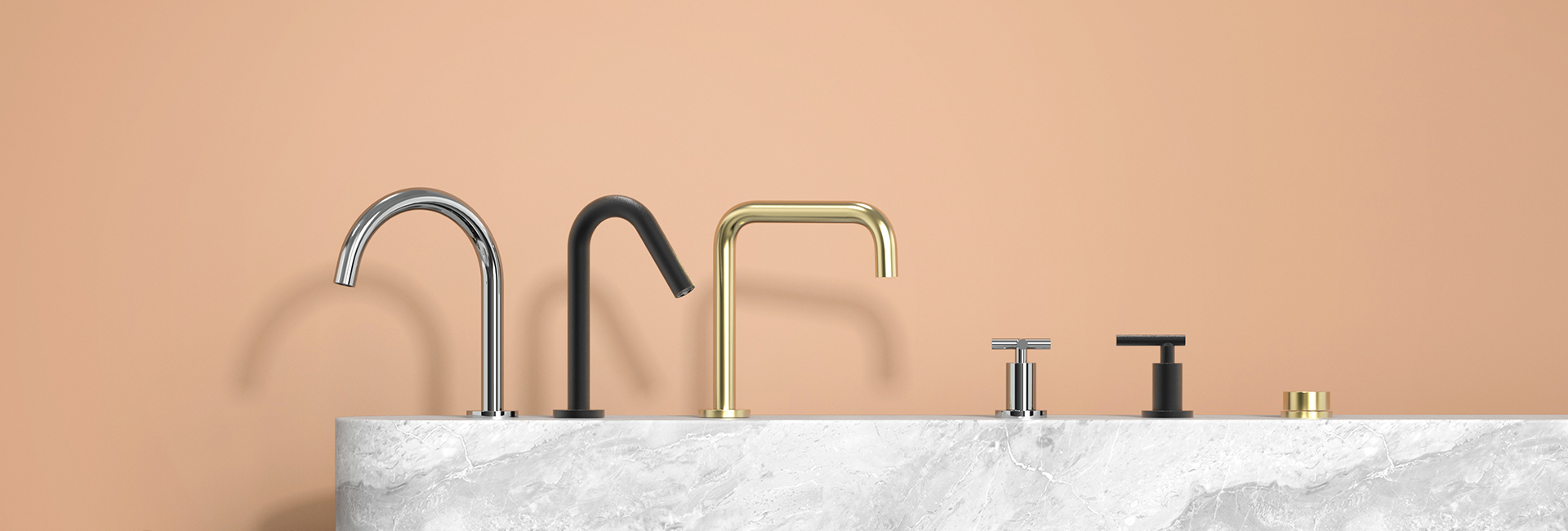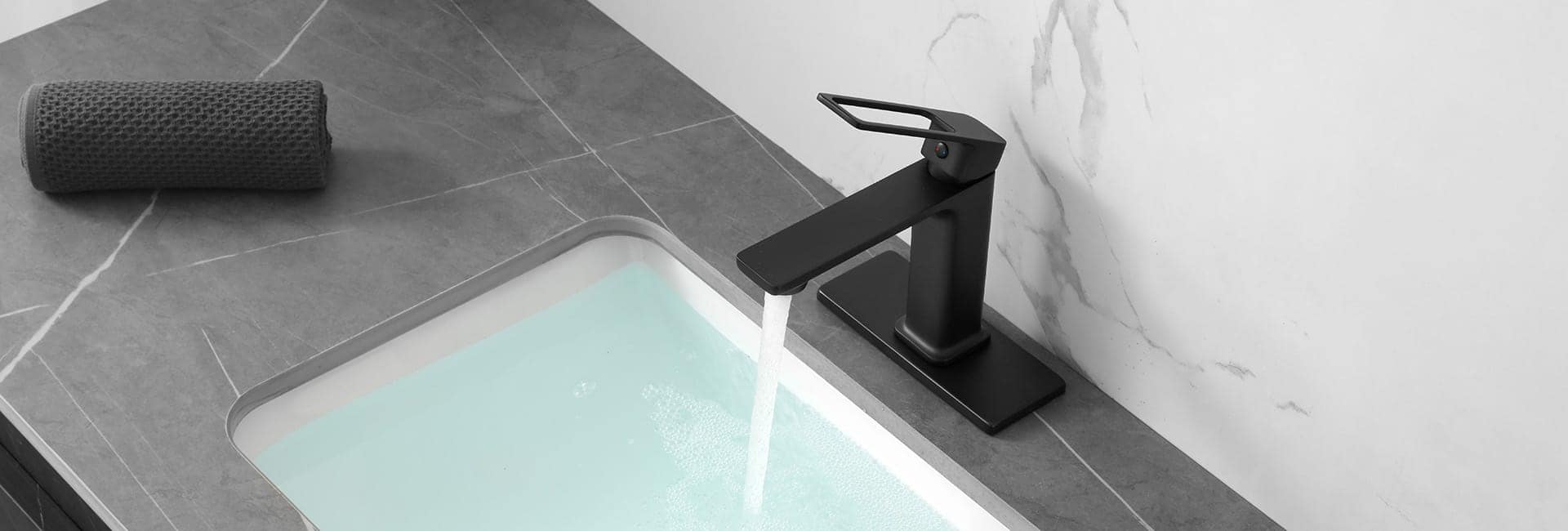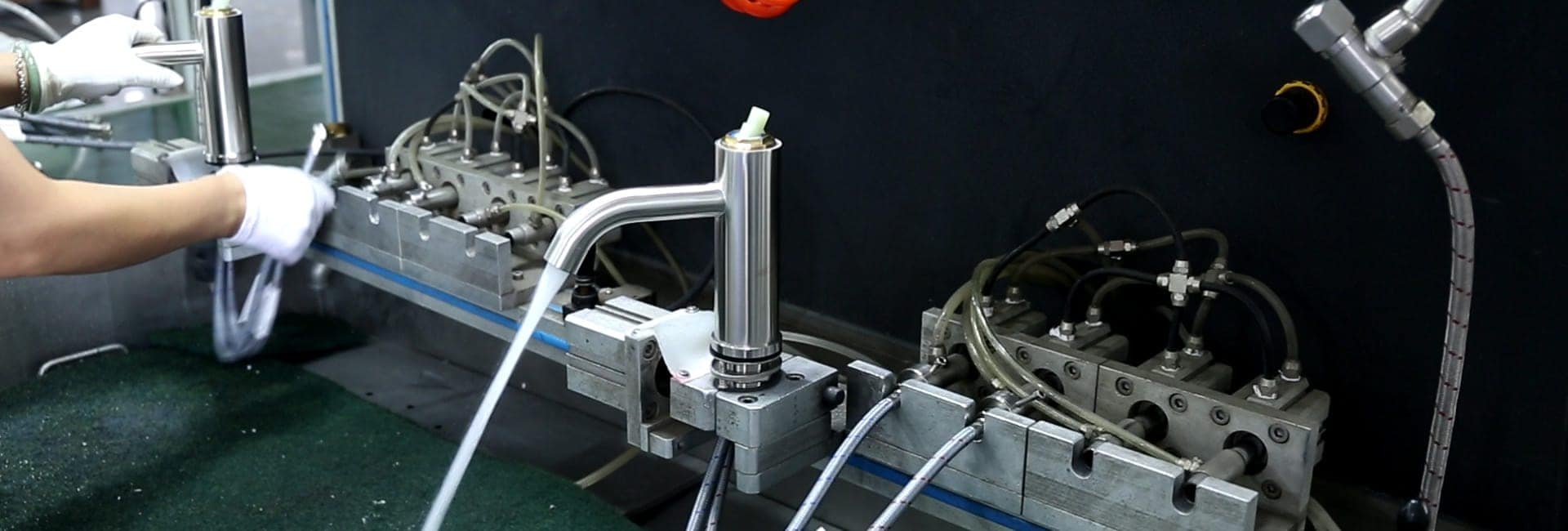I understand the puzzle you’re facing. You’re looking at your brand new, single-hole faucet and realizing your sink has three or even four holes. It’s a very common situation, and you’re right to wonder what your options are. You don’t want to leave those extra openings exposed, and you’re probably looking for a solution that’s both functional and stylish.
I’ve helped many people solve this exact problem, and I can tell you there’s a simple, elegant solution: the faucet deck plate. In this guide, I’ll walk you through everything you need to know, from understanding what a deck plate is to choosing the perfect one for your home. By the end, you’ll feel confident making the right choice for your project.
What Exactly is a Faucet Deck Plate?
As I know it, a faucet deck plate is a cover for the base of your faucet. You might hear other terms like “escutcheon plate,” “cover plate,” or “keyhole plate,” but they all serve the same main purpose: to cover the unused holes in your countertop or sink. It’s the piece that creates a clean, polished, and finished look for your faucet installation.
I think its purpose is really twofold:
- Aesthetics: The primary function of a deck plate is to give your faucet installation a seamless, elegant appearance. It hides the unsightly, exposed holes, creating a unified look that makes your new faucet the focal point it deserves to be.
- Functionality: Beyond its looks, a deck plate also provides a stable foundation for your faucet. Most importantly, it comes with a foam gasket on the underside. This gasket is crucial for creating a tight seal that helps prevent water from leaking through the sink holes and damaging the cabinet below.
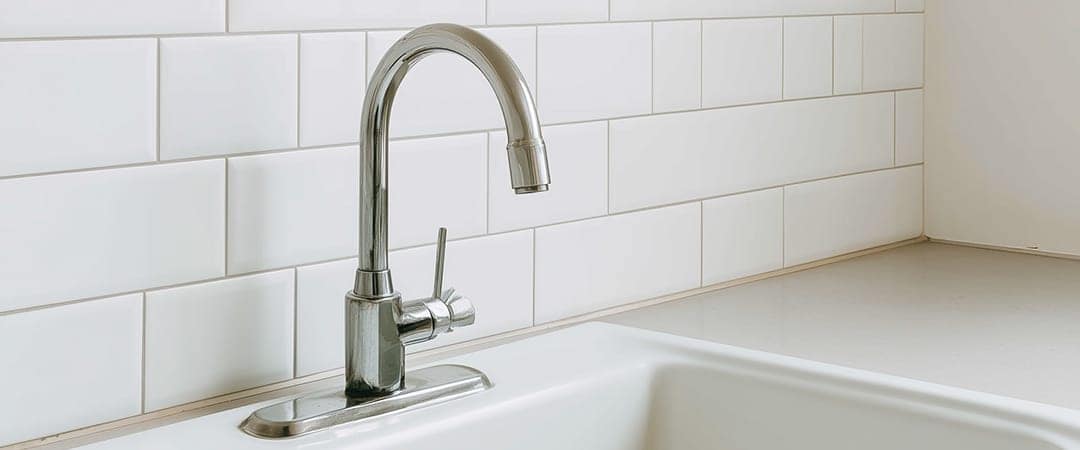
A Look at Different Deck Plate Types and Sizes
When you start shopping, you’ll realize there’s more than one type of plate out there. This is where I think it’s important to understand the subtle but important differences.
- Standard Deck Plates: This is the most common type, usually a rectangular strip that covers multiple unused holes. They are typically designed for kitchen sinks to accommodate a single-hole faucet on a 3-hole or 4-hole sink.
- Escutcheon Rings: These are smaller, round rings that sit at the very base of the faucet. Their purpose is to simply cover the small gap where the faucet meets the countertop, providing a neat finish.
- Remodeler’s Plates: Also known as retrofit plates, these are a more specialized type. I’ve seen them used to hide larger holes—for example, when a previous leak or repair left a bigger-than-normal opening that a standard plate can’t cover.
Deck plates are also available in various shapes and sizes, from round to square. The most common lengths are 6, 8, and 10 inches, which correspond to the typical spacing between holes on a standard sink.
The Truth About Compatibility: Why “Universal” is a Bit Misleading
You’ll see many products labeled as “universal,” but I want you to be a little cautious with that term. While many deck plates are designed to fit most standard faucets, the truth is that compatibility depends on a few key factors.
First, you need to consider the number of holes in your sink. You can use a deck plate to cover a 2-hole, 3-hole, or even a 4-hole sink.
Then, you should think about hole size. The standard for most kitchen faucet holes is 1 3/8 inches across. However, some sinks may have holes that are 1 inch or 1 1/2 inches, especially with older or commercial faucets. You must always measure the distance between the outermost holes and the diameter of the holes you need to cover to ensure you get a proper fit.
Finally, keep in mind that some deck plates are made for specific types of faucets or brands. Always check the manufacturer’s specifications to make sure the plate is compatible with your faucet model.
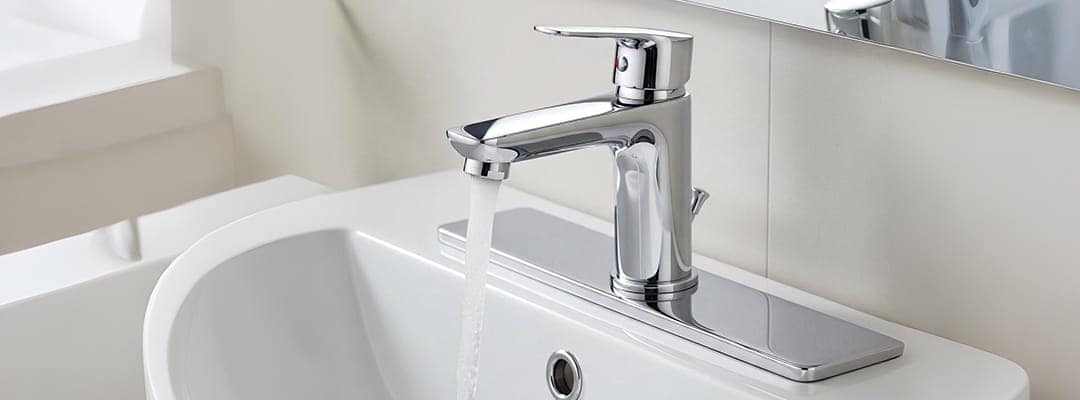
Choosing the Right Material and Finish
I think selecting the right material and finish is as important as finding the right size. It’s not just about looks; it’s about durability and how long your new installation will last.
Deck Plate Materials
The most common materials you’ll find are brass and stainless steel. I always recommend these for their longevity.
- Brass: This is my top pick for durability. It’s highly resistant to corrosion and rust, especially in humid environments.
- Stainless Steel: A great alternative, stainless steel is strong, non-corrosive, and easy to maintain. It also has a modern look that complements many kitchen styles.
- Zinc: Some budget-friendly deck plates are made from zinc. While they are a good option if you’re on a tight budget, I have found they are not as durable as brass or stainless steel and may corrode over time if not properly coated.
Finishes and Colors
Most deck plates come in a variety of finishes to match popular faucets. The best choice is always to match the finish of your faucet for a seamless look.
- Chrome: This finish is very durable and easy to clean, but it does show water spots and fingerprints more than other finishes.
- Brushed Nickel: A very popular choice, brushed nickel is great at resisting fingerprints and water spots. It offers a soft, elegant look that works well with both modern and traditional decor.
- Oil-Rubbed Bronze: For a vintage or rustic feel, this dark finish is an excellent option. It’s durable but may require a bit more maintenance to keep its finish fresh.
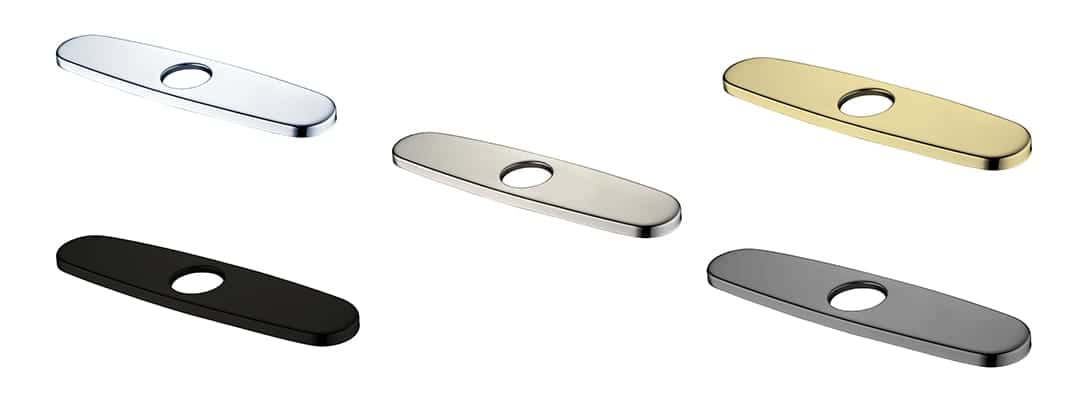
Your Step-by-Step Guide to a Perfect Installation
I know the idea of a DIY project can be intimidating, but installing a deck plate is usually very straightforward. While the process may be easy for some , I always advise you to follow the instructions that come with your specific product.
Here’s a general overview of the process:
- Preparation: Before you do anything, make sure the sink surface is completely clean and dry. You want to remove any old grime or debris that could interfere with the seal.
- Placement: Place the deck plate directly over the unused holes. It’s designed to sit flat on the sink and should have a foam gasket on the underside to protect the finish and create a seal.
- Secure the Faucet: Once the deck plate is in place, you can feed the new faucet’s supply lines through the center hole. From underneath the sink, secure the faucet to the deck plate and sink using the mounting hardware that comes with your new faucet. The compression from the faucet itself is often enough to keep the deck plate in place and prevent movement.
- Final Checks: After installation, it’s always a good idea to inspect the seal and wipe down the plate to ensure it’s clean and looks great.
What if I Don’t Use a Deck Plate?
I know a deck plate isn’t the only solution, and maybe you want to add more functionality to your sink area. You can use those extra holes for some really useful accessories, like:
- A Soap Dispenser: A simple and very common choice that gives you easy access to soap without a bulky bottle on your counter.
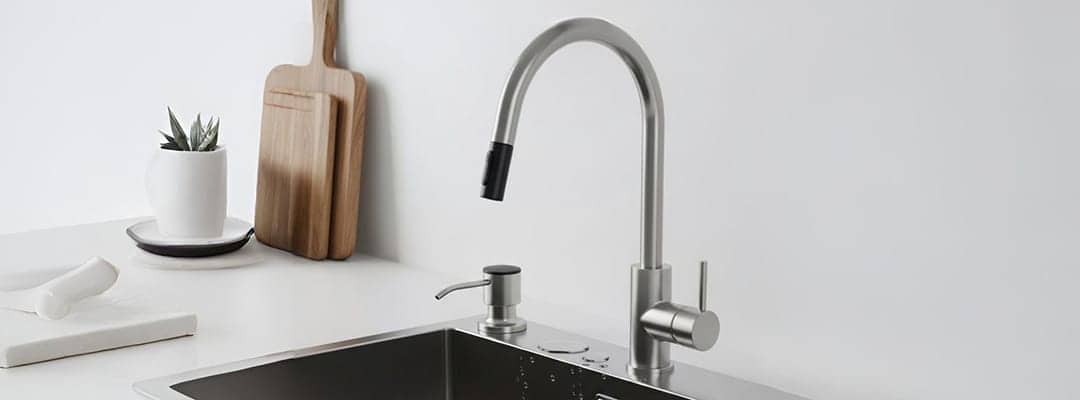
- A Garbage Disposal Air Switch: This is a safe and convenient way to control your garbage disposal from the countertop.
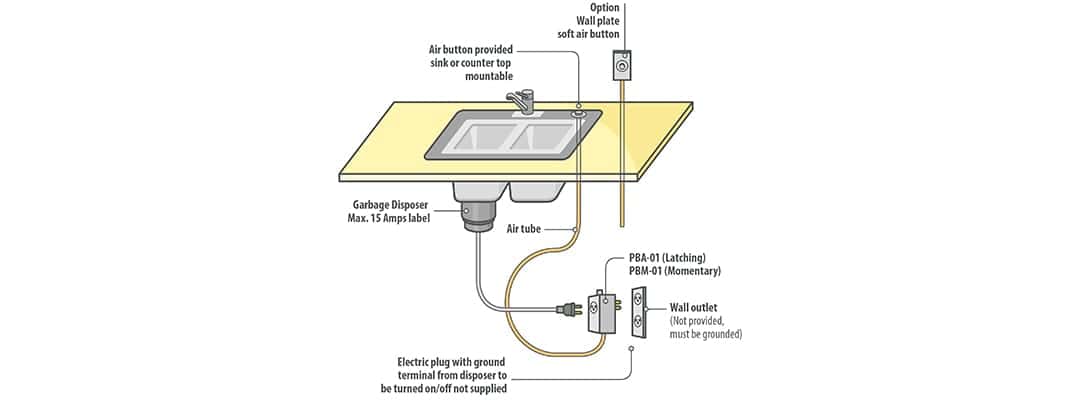
(via.Presair»)
- A Glass Rinser: I’ve seen these become a popular addition. They are a great way to quickly rinse glasses, bottles, and cups without a full wash.
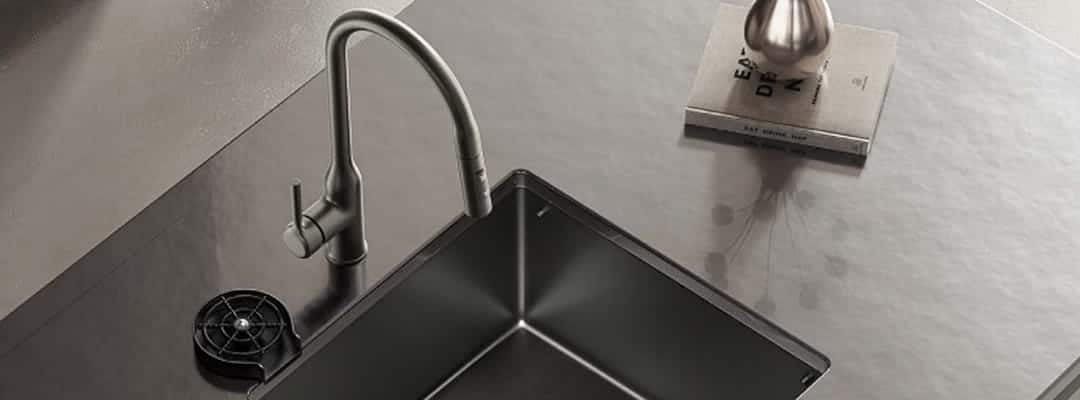
- An Instant Hot Water Dispenser: This is a fantastic option if you’re a tea or coffee lover. It provides hot water on demand, which is a huge convenience.
- A Water Filtration Unit: This is an excellent choice for health-conscious homes, giving you a dedicated faucet for clean, filtered drinking water.
Making Your Final Decision
I think the choice between a deck plate and an alternative comes down to your priorities. If your main goal is to simply cover those extra holes with a clean, modern look, a high-quality deck plate is the most straightforward and effective solution. They are easy to install and will give your new faucet a professional, finished appearance.
However, if you’ve been looking for a way to add extra functionality to your kitchen and you have unused holes, I would seriously consider a soap dispenser or a water filtration system. My advice is to think about what you use most often in your kitchen and what would make your life easier. Whatever you choose, you’ll be making a decision that improves your kitchen’s function and style.
FAQs
About Luxuryhome
Luxuryhome is not just a faucet manufacturer or wholesaler, but more like a partner who can provide you with more added value.
We are united in our determination to produce China-made bath and kitchen fixtures adhering to the highest ethical principles. You have our promise!
More post you may interested in


